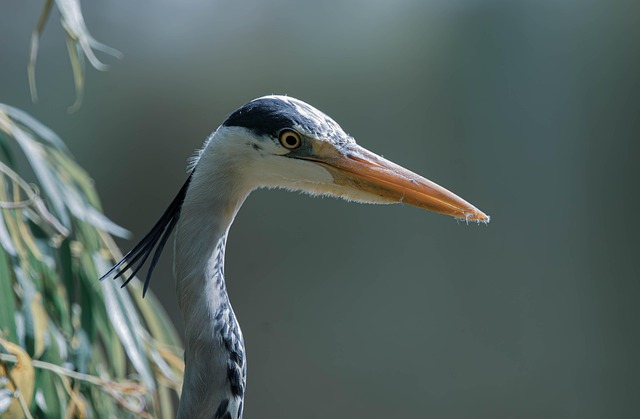
Majestic Herons: Graceful Creatures of the Natural World
As the sun rises over the tranquil waters of wetlands and lakes, a figure stands motionless at the water’s edge. This elegant sentinel, known as the heron, embodies patience and grace as it waits for the perfect moment to strike. Herons are indeed remarkable animals that capture the imagination of wildlife enthusiasts and casual observers alike. With their long necks, sharp beaks, and striking plumage, these birds exude a kind of peaceful majesty that resonates deeply with anyone who appreciates the natural world.
Herons belong to the Ardeidae family, comprising around 64 species, including the familiar Great Blue Heron and the elegant Little Egret. Each species has its unique characteristics and adaptations that help it thrive in various habitats. From freshwater marshes and rivers to coastal areas, herons are incredibly versatile in their choice of environment. Their ability to blend seamlessly into the backdrop of reeds and grasses is a testament to nature’s artistry, allowing them to become a part of their surroundings.
The heron’s hunting technique is a marvel of nature. Standing still for long periods, these birds rely on their keen eyesight to locate fish and other aquatic prey. With a sudden, swift movement, they jab their beaks into the water, showcasing a level of precision that is nothing short of breathtaking. Each successful catch is a reminder of nature’s cycle, where patience and skill lead to sustenance and survival.
Watching a heron in its natural habitat evokes a sense of calm. There’s something profoundly soothing about these birds as they glide gracefully over the water, their elongated legs trailing behind. This fluid motion serves as a reminder of the interconnectedness of all life forms within the ecosystem. As they hunt, herons play a crucial role in maintaining the balance of their environments, controlling fish populations and contributing to the health of their aquatic ecosystems.
Moreover, herons have cultural significance in various societies around the world. In many cultures, they symbolize tranquility, wisdom, and longevity. Artists and poets have drawn inspiration from their elegance and serene presence, capturing the essence of these magnificent birds in various forms of expression. Whether through painting, literature, or photography, herons have found a place in the hearts of people who seek to celebrate the beauty of nature.
Yet, despite their resilience, herons face numerous threats in the modern world. Habitat loss, pollution, and climate change pose significant challenges to their survival. Wetlands are being drained for agriculture and urban development, while plastic waste threatens the health of aquatic ecosystems. As we admire herons soaring through the skies or standing majestically by the water’s edge, it’s vital to recognize our role in protecting their habitats and ensuring the future of these graceful creatures.
In conclusion, herons are more than just birds; they are symbols of natural beauty and the delicate balance of our ecosystems. Observing these majestic creatures invites us to slow down and appreciate the wonders of the world around us. By fostering a deeper connection with nature, we can advocate for the conservation of herons and their habitats, ensuring that future generations can also marvel at their elegance and grace.


